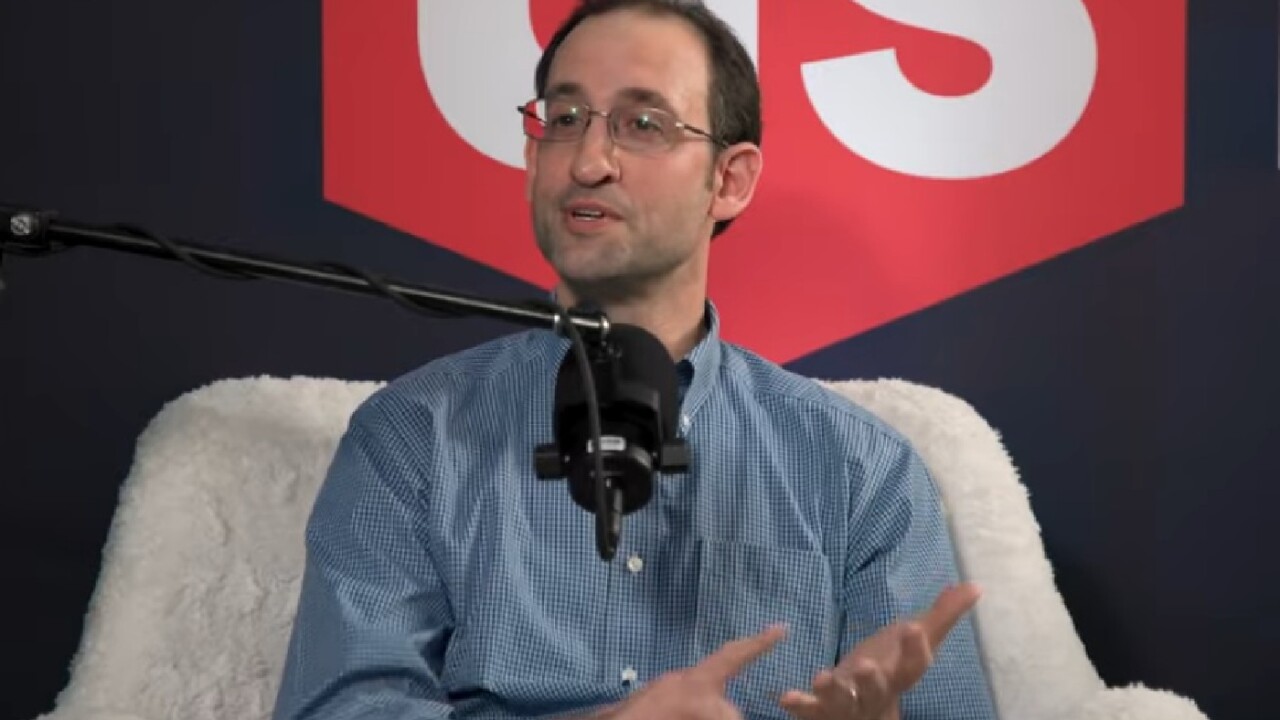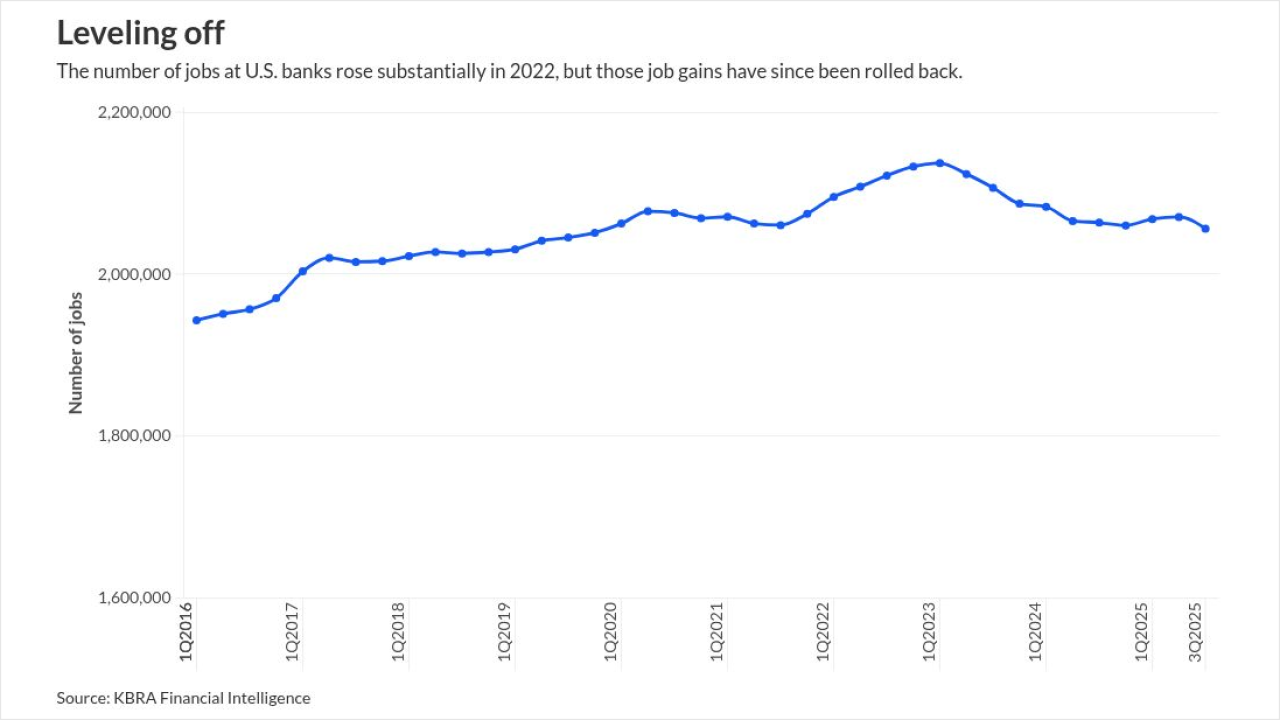Tomorrow, the Senate Banking Committee will hold Saule Omarova's confirmation hearing for comptroller of the currency. Many expect this to be a knock-down, drag-out between the progressive bank-reform agenda and the banking industry's antipathy thereto. This it surely will be, but to watch only these fireworks is to miss the longer-burning fire below: renewed questions about whether banks are public utilities or private companies with unique privileges fully reimbursed by virtue of unduly burdensome regulation. It is by this choice — not Ms. Omarova's most uncertain confirmation — that the future of U.S. finance will be decided.
Although Ms. Omarova has surely moved on from the Marxist views of which she is accused based on an early academic paper, she clearly sides with those who think that banking is for public purpose, not private profit. Indeed, according to at least some of her work, banking can't be trusted to banks and thus should be seconded to the federal government or outside experts presumed to be not just objective, but also disinterested in all but the public good.
This is not a new view. After the S&L crisis of the 1980s and the subsequent banking debacle in the early part of the next decade, much was made of the subsidy banks were said to enjoy from unique access to FDIC insurance and the Fed's discount window. Bankers strongly disputed any subsidy, but I said then and believe now that banks then indeed enjoyed special-purpose charters that warranted not just tough safety and soundness standards, but also Community Reinvestment Act and other public-welfare obligations.
That, though, was then. Now, whatever subsidy banks enjoyed has evaporated due to the Fed's decision to give massive nonbanks not just emergency liquidity and even solvency support, but also their very own trillion-dollar Fed window for day-to-day liquidity management without the bother of pesky regulation. The OCC and FDIC have granted special-purpose charters that give nonbanks access to selected bank charter privileges, even as some banks choose to give these away in "fintech partnerships" in order to garner fee income from federal benefits that no longer earn their keep.
Further, as global regulators
Ms. Omarova and her allies believe the only way to recapture this chaotic financial construct for the public good is to nationalize it by hook or by crook. U.S. bank regulators are taking confusing steps into a different regulatory future, contemplating like-kind, banklike
Regulators will now likely do the usual and come up with a lowest-common-denominator construct that settles most of their own scores but leaves wide-open spaces for continued regulatory arbitrage, unbundling and even evasion. Each one of the last half-century's financial crashes was the direct result of this lowest-common-denominator process: The S&L crisis originated in thrifts exempt from regulatory capital standards besieged by mutual funds exempt from interest rate ceilings; the banking crisis in the 1990s was due to state rules that weren't "laboratories for change," but test tubes for high-risk finance; 2008 began with nonbank subprime mortgage lenders and unregulated nonbanks before it overwhelmed the banking sector; and the financial system was fragile in 2020 because much of it was outside post-2008 banking standards.
The Fed's most recent
Editor's note: This article originally appeared in an email to Federal Financial Analytics’ clients.
Karen Petrou is the managing partner of Federal Financial Analytics.





